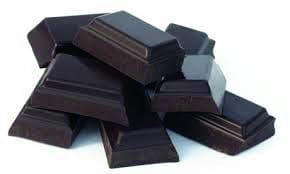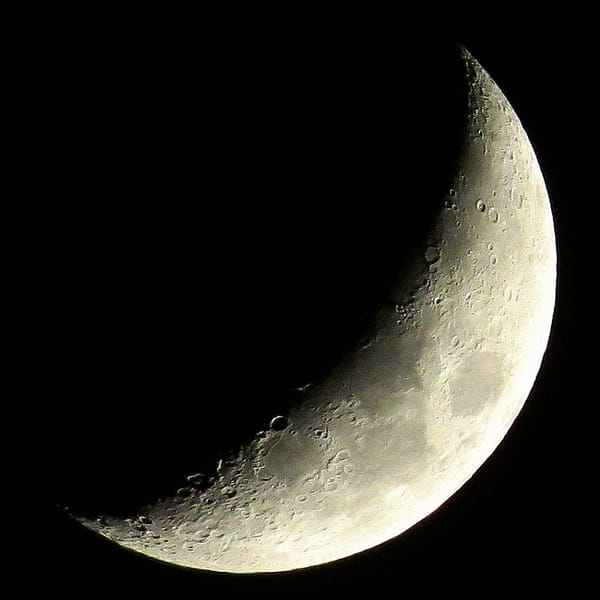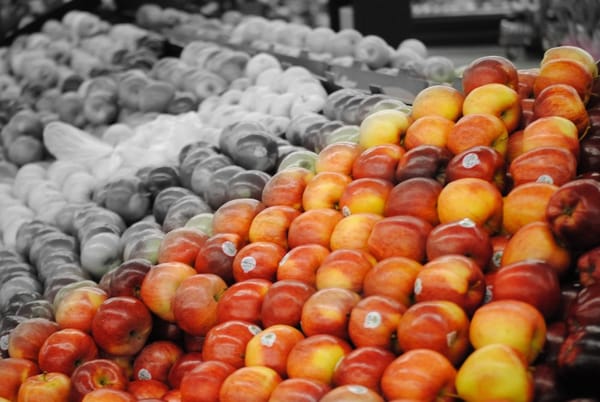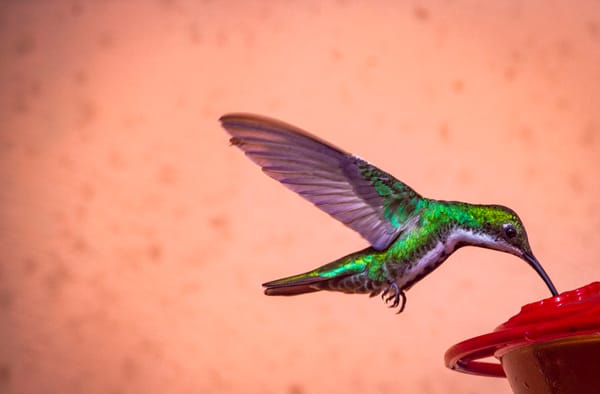Can dessert be good for you?
Alexandra Lim talks about the hidden benefits of fruit based puddings.

Today’s port of call is a French poires au chocolat clafoutis. In other words, what I made last Sunday. As a food and science writer I find tremendous reconciliation in the overlap between food, psychology, and science. I thought it would, or could, be relevant to extend my habitual weekend kitchen shenanigans to this small space, elaborating more on the nutritional or psychological benefits of specific components. Of course this all seems completely contrary to the philosophy of food – why break the beautiful mess, the necessary indulgence of food, into numbers and statistics? That’s like tossing great big assegais into the hearts and souls of the whole Masterchef panel. Anyway, nutritional components interact with each other in entirely different ways than they do when you isolate them in a lab to analyse. Dessert is dessert, and that is that. Well, that’s what most think. No one would blink at the chance to analyse something like the picture below. You see, you appreciate, you eat. And so be it, let there be bliss with such oblivion. As stated in my previous article, there’s nothing wrong with letting go and just meditating on the smells and complexity of food. It’s true that curiosity killed the cat, but we’re at Imperial, and we want to know things, right?
Cooking bends the world to our will. I’m not a good cook, but I do love to bake, and call me what you will, but there does exist some fine overlap between the two. Each weekend I never set out to attain the acme of nutritional perfection with my experiments, all I know is that I tend to vacillate between wanting the simple and complex. Why talk about just flavour when you can understand the nutritional complexity behind each daring ingredient combination, and why some always work?
It’s not wrong to try and justify whatever pre or misconception you have about any fruit-based dessert. Heck, it’s not so wrong to appreciate the little bit of health stuffed into a dessert without any fruit, anyway. Pears are actually also incredibly high in quercetin, known to boost overall brain health and memory, with a recent study in Sciencedaily showing it could be part of the ideal diet to treat and reverse diabetes, as well as diabetes-induced hypertension. Naturally occurring phenolic compounds found in fruits may provide a variety of health benefits, though don’t you dare throw away that peel, for its varied and higher phenolic content is found in the skin of the pear rather than in the flesh or pulp. Anyway, the study showed that Starkrimson (a pear species) peel had the highest total phenolic content, and that peel extracts had significantly higher total phenolic content than pulp. What else could possibly have quercetin?
Chocolate. Of course chocolate, dark and nothing more pretentious than that, bears all the goods. In my recipe for this clafoutis, pockets of chocolate are packed in moist flesh. Once out of the oven, the oozing and seeping is magnificent, luscious dark rivers seeping into surrounding holes and crevices. Chocolate has plenty, chocolate is lush. No, eating this dessert won’t immediately improve your brain function by reducing oxidative stress and inflammation. Eating a pear alone, not baked and overly sweetened alongside all the hoo-ha, will obviously be better. Chocolate and pear is a classic mash-up, and the additional banana here adds a moist, sweet dimension without being too easily detected. The banana thing was unintentional by the way; I just have a tendency to substitute banana for egg when I run out of the latter. Not that the sweet and familiar flavour doesn’t pair well, but the mildest hint enhances and doesn’t shadow the two stars. The clafoutis itself retained a lovely almost pudding-like consistency in the middle, flying the flan flag high and bright. Served with the simple integrity of vanilla ice cream, this is the perfect breakfast, dessert, or in-betweener.
All that said, just knowing about what’s in your food makes you feel like you’re eating something special, honing your experience and appreciation of the plate. Try pairing your next pear with some chocolate for a more rounded snack satiation and double the dose of flavonoids like quercetin. Sadly, I can’t say much about the ice cream.








